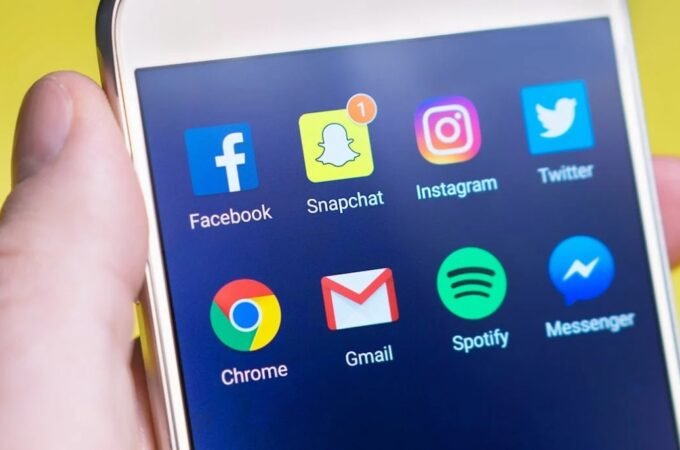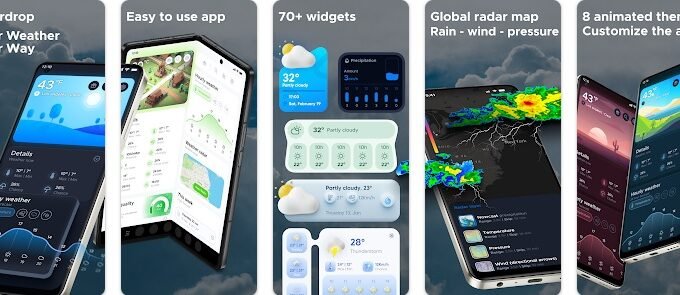Employee Tracking, Screenshots and the Law
Given how the events unfolded in the past 12 months, we can comfortably say that one of the software of the year awards should definitely go to employee tracking. Most companies faced remote work for the first time, and the easiest way to track employees’ attendance and productivity was by using a tracking system.
Yet, no matter how widespread the use of the software is, it will always spark debates around its legality and ethics. While it is legal, with certain conditions, almost everywhere in the world, the ethics are debatable and they really depend on the individual use of the software.
When it comes to legality, some features like screenshots, screen recorders and keyloggers are among the most hotly debated portions of the software. But today, we’ll focus only on screenshots. We’ll get into how they work, and how you should and shouldn’t use them within your company.
Let’s get into it!
How Do Screenshots Work?
Most employee tracking solutions offer screenshots as an optional feature, and there are two types of screenshots: automatic and manual.
For automatic screenshots, you can usually set a frequency per hour, so the software can take screenshots for X amount of times during the hour. While manual screenshots allow you to take a screenshot of your employees’ screen whenever you want.
If your employees are using two monitors, the software will typically capture both screens, regardless of which one is active at the time of the screenshot.
Screen captures are uploaded to the dashboard in real-time, and you can browse through them to see what your employees were working on during the day.
How Should You Approach Screenshots?
If you don’t have the use for the data the screenshots are capturing, you shouldn’t even turn them on. The employee tracking software you’re using will probably have this option, and if it doesn’t – maybe it’s time to find a new provider.
If the screenshots do help your business in any kind of way, you still need to be mindful about them. You could accidentally end up with some sensitive data your employees’ don’t want you to see, or client’s information – both of which go against numerous privacy regulations (most notably HIPAA).
The solution for this is to get an employee tracking software which will allow you to turn off screenshots when employees are using specific apps or websites – e.g. social media, banking sites, applications which contain client’s personal or sensitive information, and so on. Another option is to get a software which still takes screenshots, but blurs them to protect your employees’ and clients’ privacy.
In case that you overlook something and that the software still takes a screenshot of your employee’s or client’s data, make sure you have the ability to delete it. If the employee tracking tool you’re using doesn’t offer this option, you can always reach out to their support team and ask them to remove the screenshots in question.
Most importantly, you should always tell your employees that you’re using a screenshot feature and how you’re using it. Not only is it required by law in most countries, but it’s always best to stay transparent when it comes to all monitoring practices.
Wrapping Up
A software or a feature itself can’t be ethical or unethical, but their use can. So ultimately, how ethical the employee tracking solution, or screenshots, are will depend solely on the way you use it.
If you want to make sure that you’re using it in the ethical way, always tell your employees about everything that you’re monitoring, let them see the data you’re collecting, and only use the software to the extent that’s necessary to fulfill your business goals.





